
Jomyo-ji Kamakura
A serene 12th-century Zen temple in Kamakura, known for its tranquil dry garden and affordable tea ceremony.
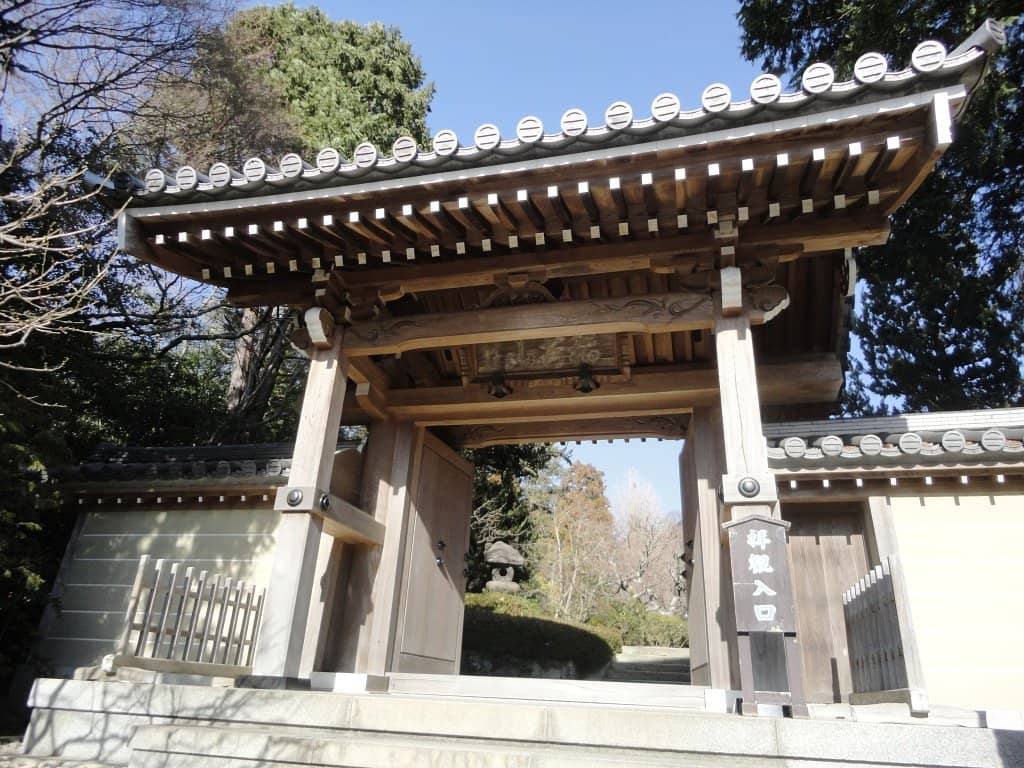
Highlights
Must-see attractions
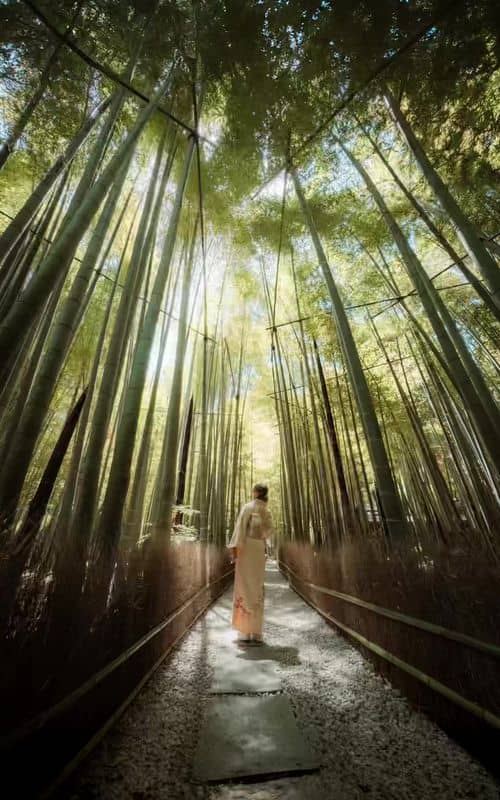
Social
From TikTok & Reddit
Best Time
Fewer crowds, more peace

Jomyo-ji Kamakura
Best Time
Fewer crowds, more peace

Highlights
Must-see attractions
A serene 12th-century Zen temple in Kamakura, known for its tranquil dry garden and affordable tea ceremony.
"This is one of the hidden gems of Kamakura. The entrance Fee is 100 Yen. For that you get an incredible garden without many Tourists and a chance to enjoy good Tea. Highly recommended!"
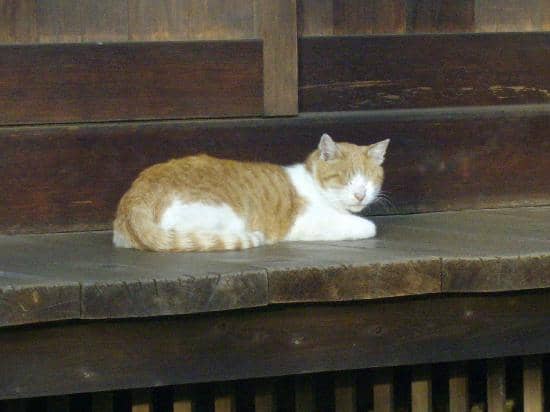
🎯 Beat the Crowds
Visit on a weekday morning for the most peaceful experience. Weekends can get busy!
🍵 Savor the Matcha
The tea house offers a lovely matcha experience with garden views. Don't miss it!
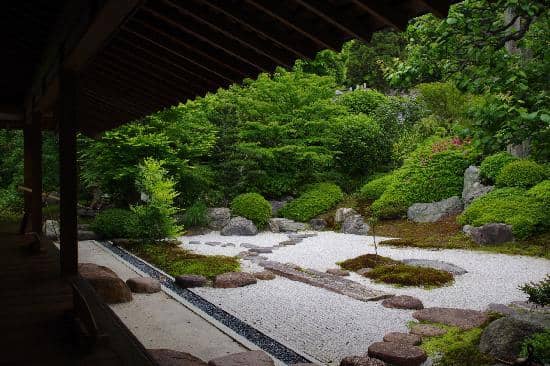
Highlights
Discover the most iconic attractions and experiences
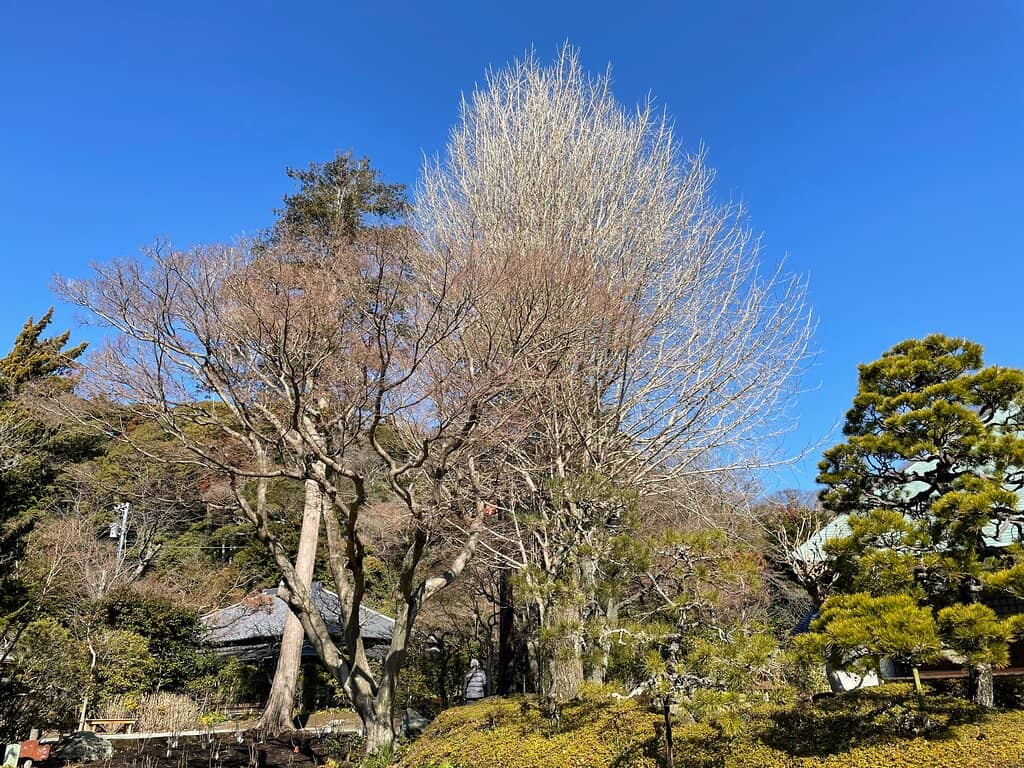
Zen Dry Garden
Main Garden
A meticulously raked landscape of gravel and rocks, radiating pure calmness and Zen philosophy.
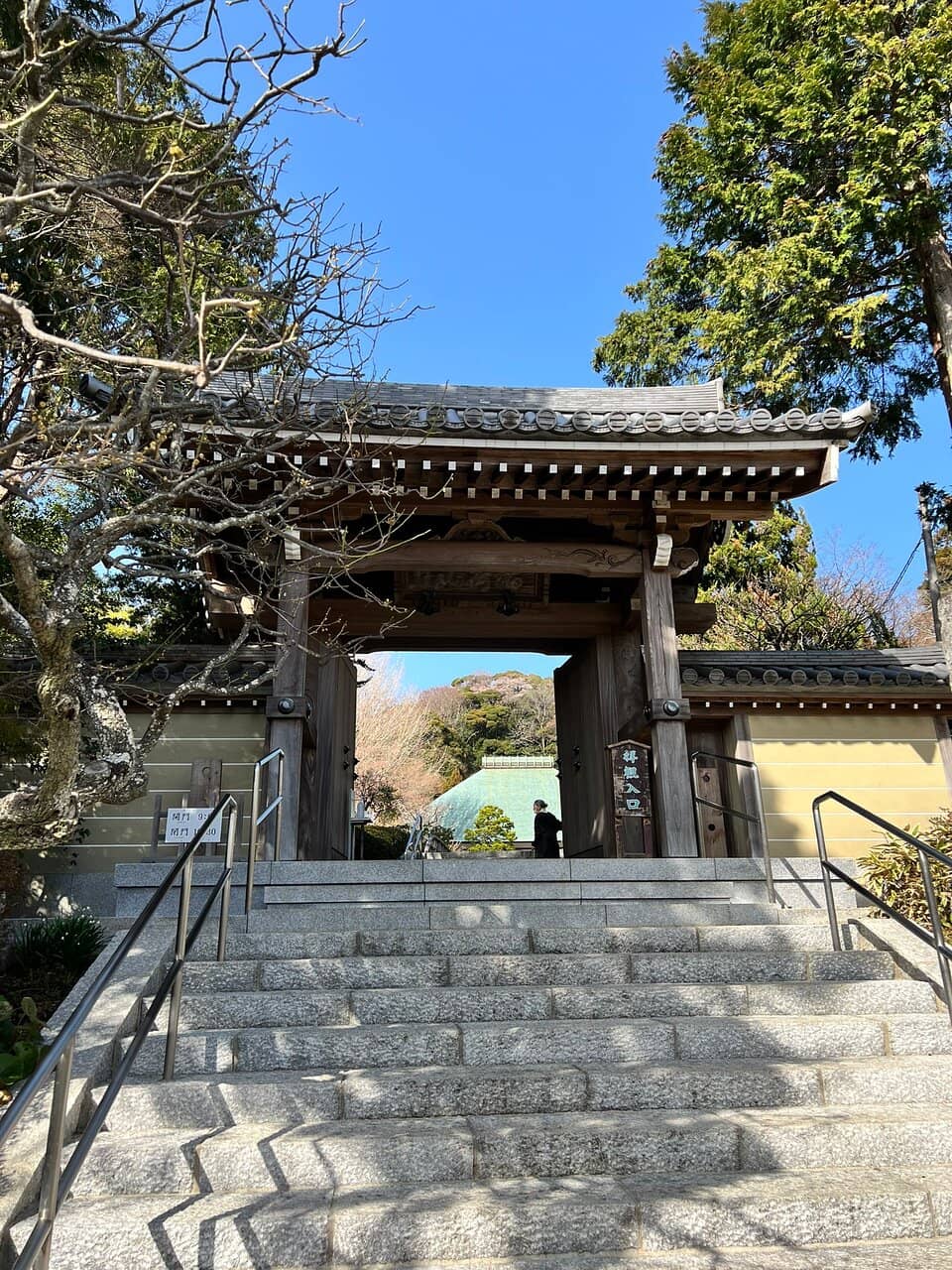
Strolling Garden
Behind Main Hall
A lush, mossy path with a tranquil pond, offering a different kind of natural beauty.
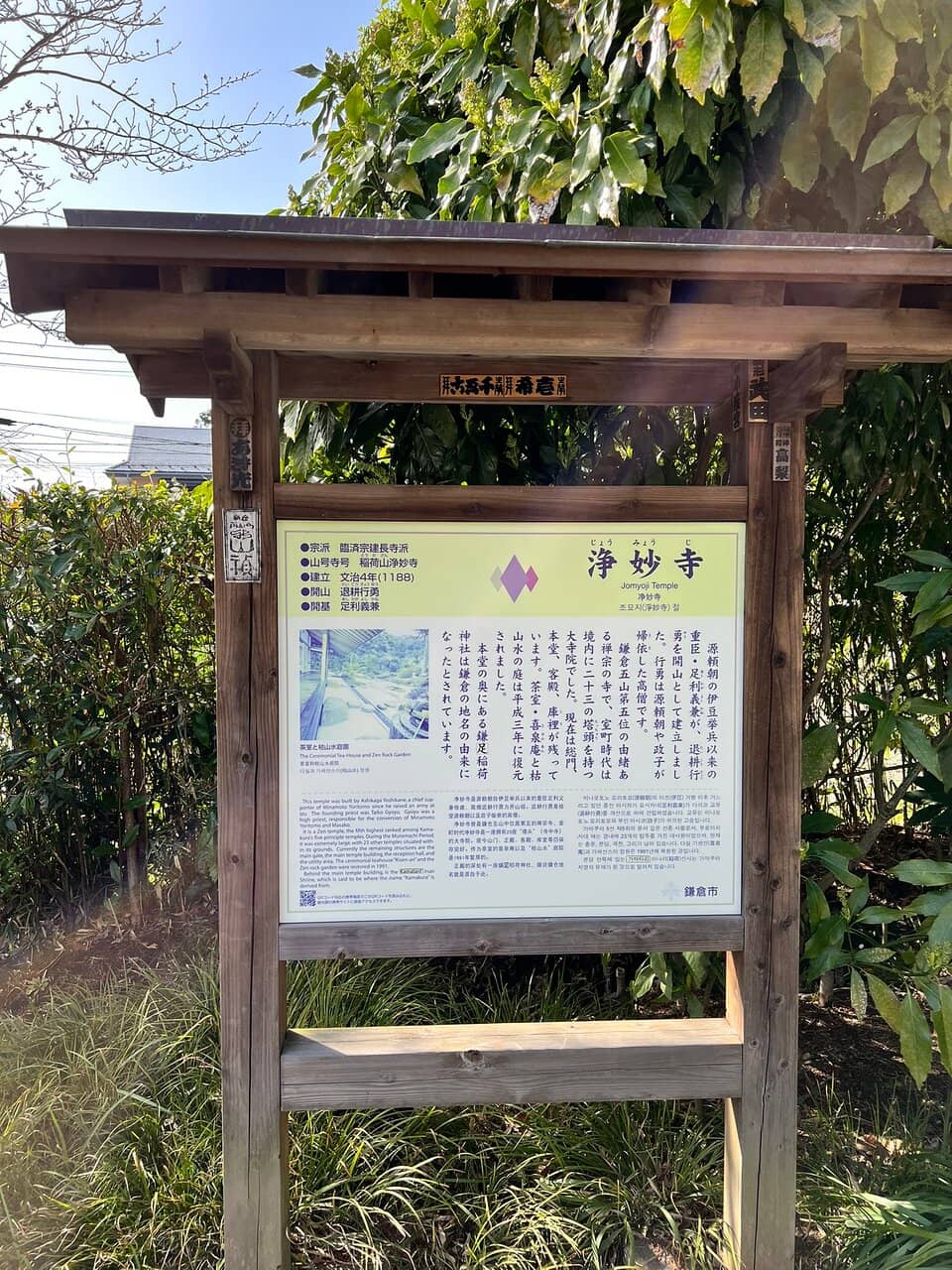
Matcha Tea Ceremony
Tea House
Sip traditional matcha and enjoy sweets while overlooking the serene Zen garden.
Plans like a pro.
Thinks like you
Planning Your Visit
Embrace the Tranquility
Affordable Zen Experience
Best Times
Insider Tips
from TikTok, Instagram & Reddit
🎯 Beat the Crowds
Visit on a weekday morning for the most peaceful experience. Weekends can get busy!
🍵 Savor the Matcha
The tea house offers a lovely matcha experience with garden views. Don't miss it!
Kamakura + Enoshino Day trip (itinerary questions)
💰 Budget-Friendly Gem
Entry is only 100 yen, making it a super affordable stop in Kamakura.
🚶♀️ Explore the Gardens
Enjoy both the dry Zen garden and the lush strolling garden for a complete experience.
What's your favourite temple / shrine?
Tips
from all over the internet
🎯 Beat the Crowds
Visit on a weekday morning for the most peaceful experience. Weekends can get busy!
🍵 Savor the Matcha
The tea house offers a lovely matcha experience with garden views. Don't miss it!
💰 Budget-Friendly Gem
Entry is only 100 yen, making it a super affordable stop in Kamakura.
🚶♀️ Explore the Gardens
Enjoy both the dry Zen garden and the lush strolling garden for a complete experience.
What Travellers Say
Reviews Summary
Jomyo-ji Temple is praised as a tranquil hidden gem offering a peaceful Zen garden and an affordable tea ceremony experience. While some find it less grand than other Kamakura temples, its charm lies in its quiet atmosphere and authentic cultural immersion. It's a perfect spot for reflection away from the crowds.
"Jōmyō-ji is one of Kamakura’s quieter Zen temples and a true hidden treasure. Founded in the 13th century, it belongs to the Rinzai sect of Zen Buddhism and offers a wonderfully peaceful atmosphere compared to the busier temples in the area.
The temple is best known for its beautiful karesansui (dry Zen garden), a carefully raked landscape of white gravel and rocks that radiates calmness. Visitors can sit on the wooden veranda and take in the serene view, which is especially lovely in spring and autumn. Behind the main hall, there is also a lush strolling garden with a pond, mossy paths, and seasonal flowers. On the temple grounds you’ll also find a tea house, where you can enjoy traditional matcha and sweets while overlooking the Zen garden, a truly meditative experience.
Tickets and admission:
General admission to the temple and gardens: 100 yen (very affordable).
Tea house experience with matcha and sweets: 600–1,000 yen, depending on the set you choose.
Jōmyō-ji offers a quiet, authentic Zen experience and is a perfect stop for those who want to escape the crowds and reflect in a peaceful setting. It’s not as famous as other Kamakura temples, but its charm lies in its tranquility and the harmony of nature and architecture. If you’re visiting Kamakura, this is a wonderful place to slow down and enjoy the essence of Zen."
Natalia G.
"Jomyo-ji has a ¥100 entry fee for adults. Honestly, it felt a bit underwhelming compared to other temples nearby. The garden is quite small, and there’s a large cemetery at the back. When I visited, there was even a funeral happening, which made it a bit awkward. Overall, not the most impressive stop in the area."
Melvin J.
"This is one of the hidden gems of kamakura.
The entrance Fee is 100 Yen. For that you get an incredible garden without many Tourists and a chance to enjoy good Tea.
Highly recommended!"
Christian Overkämping
What People Like
What People Dislike
Frequently Asked Questions
🚇 🗺️ Getting There
From Kamakura Station, you can take a bus towards the Hokokuji Temple/Jomyo-ji Temple area. Look for buses heading towards 'Hokokuji' or 'Jomyo-ji'. The journey takes about 20-30 minutes. Alternatively, it's a pleasant, albeit longer, walk or a short taxi ride.
Yes, Jomyo-ji Temple is accessible by bus from Kamakura Station. Several bus routes stop near the temple, making it convenient for visitors using public transportation.
While it's possible to walk, Jomyo-ji is a bit further out than some of the more central temples. It's a pleasant walk if you have time, but consider a bus or taxi if you're on a tighter schedule.
Many visitors combine Jomyo-ji with Hokokuji Temple (known for its bamboo grove) as they are located close to each other. You can also group it with other temples in the eastern part of Kamakura.
Information on specific parking facilities at Jomyo-ji Temple is limited. It's generally recommended to use public transport or nearby public parking if you are driving, as temple parking can be scarce.
🎫 🎫 Tickets & Entry
The general admission fee for Jomyo-ji Temple and its gardens is a very affordable 100 yen per adult.
No, tickets are typically purchased on-site at the temple entrance. It's a simple process, and advance booking is not usually required.
Jomyo-ji Temple generally opens around 8:30 AM and closes around 4:30 PM. It's always a good idea to check the latest hours before your visit, especially during off-season or holidays.
Yes, the tea ceremony is an additional experience with a separate fee, usually ranging from 600 to 1,000 yen for matcha and sweets.
The Japan Rail Pass covers JR lines, so it can be used to get to Kamakura Station. However, it does not cover local buses or non-JR trains within Kamakura.
🎫 🌿 Onsite Experience
The main attraction is its beautiful and tranquil dry Zen garden (karesansui), a peaceful landscape of raked gravel and rocks. The serene atmosphere is a key draw.
Jomyo-ji does not have a large bamboo garden; that attraction is at the nearby Hokokuji Temple. Jomyo-ji is known for its Zen gardens and peaceful ambiance.
The tea ceremony involves enjoying a bowl of traditional matcha green tea and a Japanese sweet while seated on the veranda overlooking the Zen garden. It's a meditative experience.
Compared to other Kamakura temples, Jomyo-ji is generally much quieter and less crowded, especially on weekdays. It's considered a hidden gem for those seeking tranquility.
Photography is generally allowed in the gardens, but be respectful of the serene atmosphere and other visitors. Some areas might have restrictions.
🍽️ 🍽️ Food & Dining
Jomyo-ji Temple has a tea house where you can enjoy matcha and traditional Japanese sweets. There are no full-service restaurants within the temple grounds.
The tea house primarily serves matcha green tea and wagashi (traditional Japanese sweets). It's a light refreshment experience rather than a meal.
Yes, there are local restaurants and cafes in the surrounding area of Kamakura, particularly closer to the main town and station, offering various Japanese cuisines.
It's generally not recommended to picnic within temple grounds. It's best to enjoy your meals at designated dining areas or restaurants outside the temple.
The tea and sweets at the tea house are reasonably priced, typically between 600 and 1,000 yen.
📸 📸 Photography
The dry Zen garden offers stunning minimalist compositions. The mossy paths and pond in the strolling garden also provide beautiful, serene photo opportunities.
Photography is generally permitted in the gardens, but always be mindful of other visitors and any posted signs. Some interior temple buildings might have restrictions.
Early morning light can be beautiful for capturing the tranquility of the gardens. Golden hour in the late afternoon can also offer soft, appealing light.
Focus on the clean lines, the textures of the gravel, and the placement of the rocks. Try to capture the sense of stillness and order.
Tripod usage might be restricted to ensure the flow of visitors and to maintain the peaceful atmosphere. It's best to check on-site or inquire beforehand if you plan to use one.
For Different Travelers
Tailored advice for your travel style
👨👩👧 Families with Kids
Consider visiting Jomyo-ji as part of a broader Kamakura itinerary that includes more interactive or visually stimulating sites for children. Its affordability makes it an easy addition, and the quiet atmosphere can be a welcome break for everyone. Remember to keep noise levels down to respect the temple's ambiance.
💰 Budget Travelers
The optional matcha tea ceremony is also reasonably priced (600-1000 yen), offering a cultural experience that feels like a splurge but isn't. For those looking to save even more, simply enjoying the gardens and the peaceful atmosphere is a rewarding experience in itself.
🧘♀️ Solo Travelers & Seekers of Peace
The serene environment is conducive to mindfulness and escaping the typical tourist rush. It's a place where you can truly connect with the essence of Zen Buddhism and enjoy a peaceful interlude during your travels.
Deep Dives
In-depth insights and expert knowledge
The Art of the Zen Garden
Unlike lush strolling gardens, the Zen garden at Jomyo-ji is about emptiness and suggestion. The patterns in the gravel are not random; they are carefully created to guide the eye and the mind. The rocks are chosen for their shape, texture, and placement, each element contributing to the overall harmony. This garden is a living artwork, designed to be experienced rather than just observed, offering a profound connection to Zen principles.
While not as expansive as some famous Zen gardens, Jomyo-ji's garden is praised for its tranquility and the intimate experience it offers. It's a perfect example of how a small space can be transformed into a powerful meditative environment. The contrast between the stark gravel and the natural elements of the surrounding greenery adds to its visual appeal.
Experiencing a Traditional Tea Ceremony
The experience is intentionally slow-paced. The preparation of the matcha is done with deliberate movements, and the act of drinking it is meant to be savored. The sweet is typically eaten before the tea to balance its slightly bitter taste. Sitting there, with the quiet beauty of the garden before you, provides a moment of calm reflection away from the hustle and bustle of travel.
Many visitors find the tea ceremony at Jomyo-ji to be a highlight, describing it as a truly meditative and authentic experience. It's a wonderful way to connect with the essence of Japanese culture and find a moment of peace. The combination of the serene environment and the mindful ritual makes it a memorable part of any visit.
Jomyo-ji vs. Hokokuji Temple: A Tale of Two Gardens
Jomyo-ji, on the other hand, is celebrated for its Zen dry gardens and its overall peaceful, less crowded atmosphere. While Hokokuji offers a more visually striking, almost overwhelming natural beauty with its bamboo, Jomyo-ji provides a subtler, more contemplative experience centered around minimalist design and quiet reflection.
Many travelers recommend visiting both if time permits, as they offer complementary experiences. Hokokuji provides the 'wow' factor of the bamboo forest, while Jomyo-ji offers a deeper sense of peace and traditional Zen aesthetics.

Social
from TikTok, Instagram & Reddit